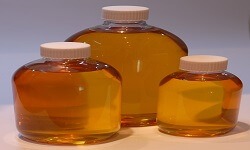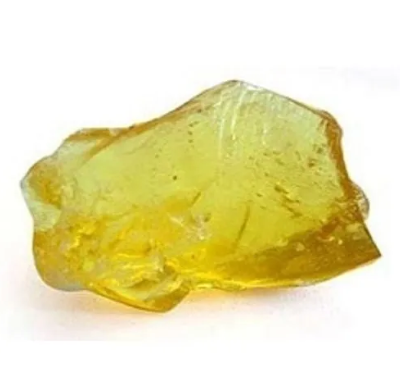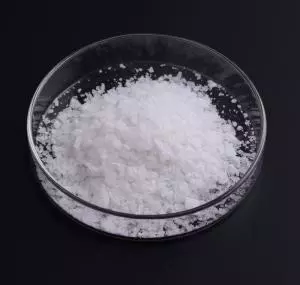Formic Acid
|
IUPAC Name |
: Formic Acid |
|
Cas Number |
: 64-18-6 |
|
HS Code |
: 2915.11.00 |
|
Formula |
: HCOOH |
Basic Info
|
Appearance Name |
: Clear, Colorless Liquid |
|
Common Names |
: Methanoic Acid, Formylic Acid, Hydrogen Carboxylic Acid, Aminic Acid |
|
Packaging |
: 35 Kg HDPE Square Drum |






